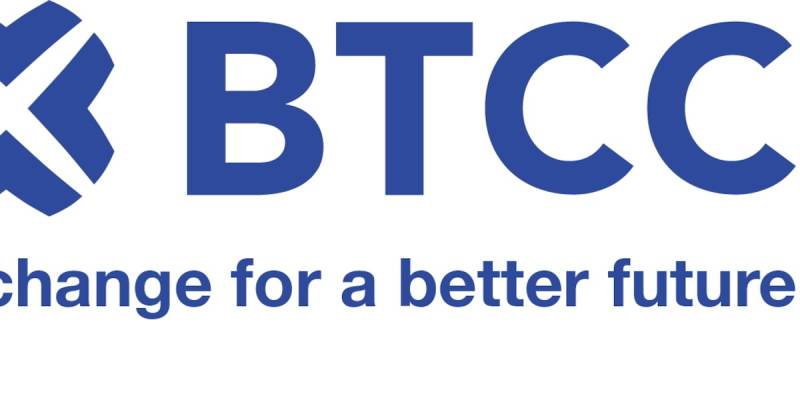Q1 shows a rapid decline in the crypto sector, with Bitcoin witnessing a sharp price drop by 12%. Despite increasing interest and investments from leading companies, this marked the worst Q1 performance for Bitcoin in the last seven years.

The first quarter of 2025 saw a surprising divergence in the crypto sector. While Q1 usually shows positive performance, this time it opened with a 12% price drop for Bitcoin, marking the worst Q1 performance for the flagship cryptocurrency in the last seven years.
However, despite the Bitcoin price drop, major companies continued to show interest in the crypto market. Between January and March, companies acquired an astounding 91,781 BTC. The largest customer was Strategy, formerly known as MicroStrategy, which added 81,785 BTC to its reserves. Now, Strategy holds 528,185 BTC, worth $45.6 billion. Tether also made a shocking move by acquiring 8,888 BTC, increasing its stash to 92,646 BTC. This is a surprising move for a stablecoin issuer, which is usually more focused on risk minimization as an alternative to direct crypto exposure.
But while institutional activity remained strong, Long Term Holders began selling their BTC holdings at an unexpected rate. CryptoQuant reported this transaction to be approximately 178,000 BTC during Q1. These large-scale sell-offs delivered immense supply to the market, countering the bullish demand from corporations. This dynamic put negative pressure on prices and used to be a major driver of the Bitcoin price drop witnessed throughout the period.
Additionally, the market experienced outflows of approximately $4.8 billion from Bitcoin ETFs in the first quarter. These outflows weakened the momentum and signaled a shift in market confidence. The pullback from ETFs further caused hesitation among retail and institutional investors, regardless of ongoing corporate Bitcoin purchases. The mixed pressure from Long Term Sellers and ETF outflows disrupted Bitcoin’s rally and exposed vulnerabilities in the current market structure, highlighting that company movement alone cannot guarantee sustained price growth.
However, despite the bearish Q1, numerous major companies persevered with their Bitcoin acquisition strategies in Q2. For instance, Marathon Digital, a leading crypto-mining firm, introduced a $2 billion stock sale to buy Bitcoin. Similarly, the electronics retailer GameStop published a $1.5 billion convertible note strategy to invest in BTC. These actions show sustained company interest in crypto assets and trust that the Bitcoin price drop is temporary rather than a sign of a deeper reversal in trend.
These upcoming purchases are significant as they may also rebalance the market in Q2. With new corporate funds flowing in and the manageable stabilization of Long Term Holder activity, prices can recover. These tendencies also reaffirm the institutional belief in Bitcoin’s long-term utility and its integration into normal finance.
As companies continue to align their techniques with emerging crypto-market trends, the second quarter may witness a shift in momentum, providing renewed hope to investors and analysts watching closely.
Q1 served as a reminder that the crypto market is driven by more than one factor that can contradict each other. On the one hand, a strong company’s Bitcoin purchases can increase confidence in the market. On the other hand, Long Term Holders exiting their positions and ETF outflows can quickly counterbalance optimism. The coexistence of these developments shows that Bitcoin remains a maturing asset, yet it is nonetheless subject to rapid shifts influenced by both institutional and individual sentiments. As Q2 progresses, buyers must observe how the opposing trends unfold. Will the inflow of new corporate capital outweigh the caution of Long Term Holders?


















































































